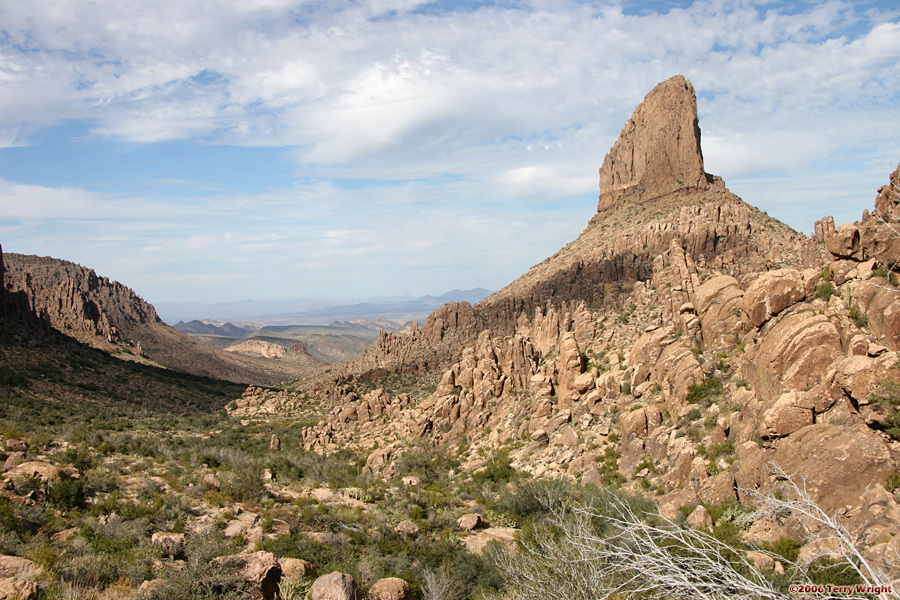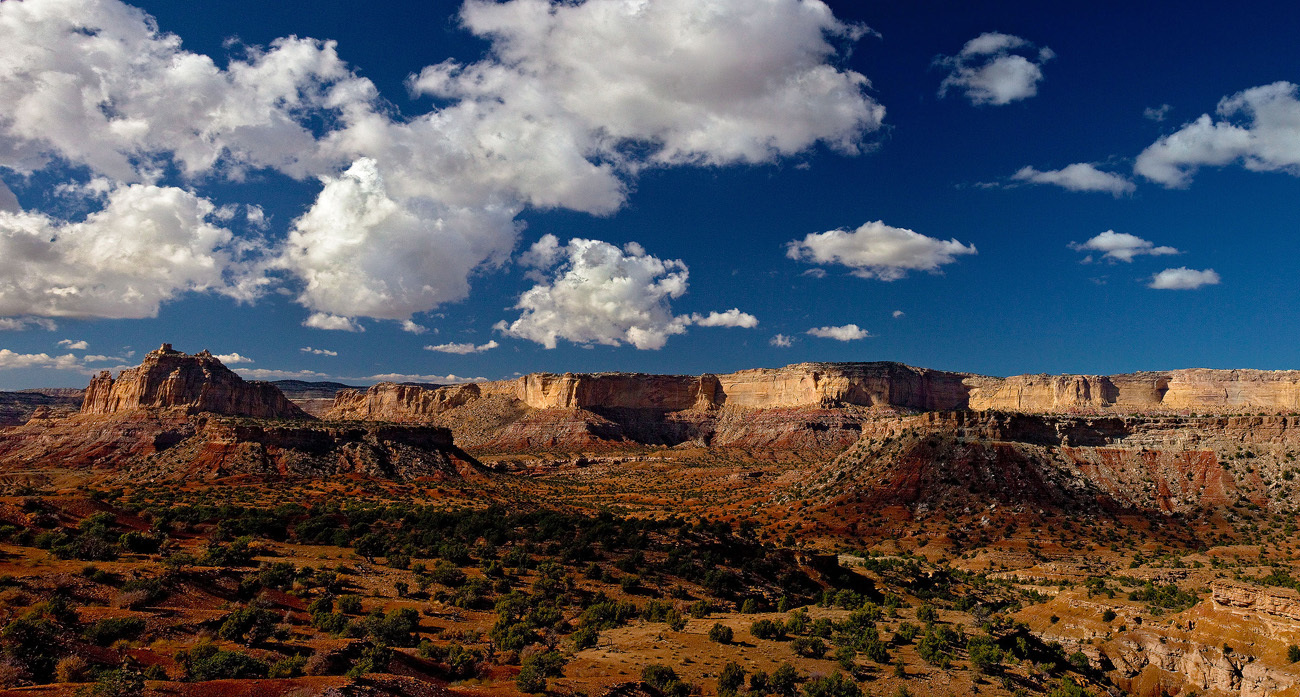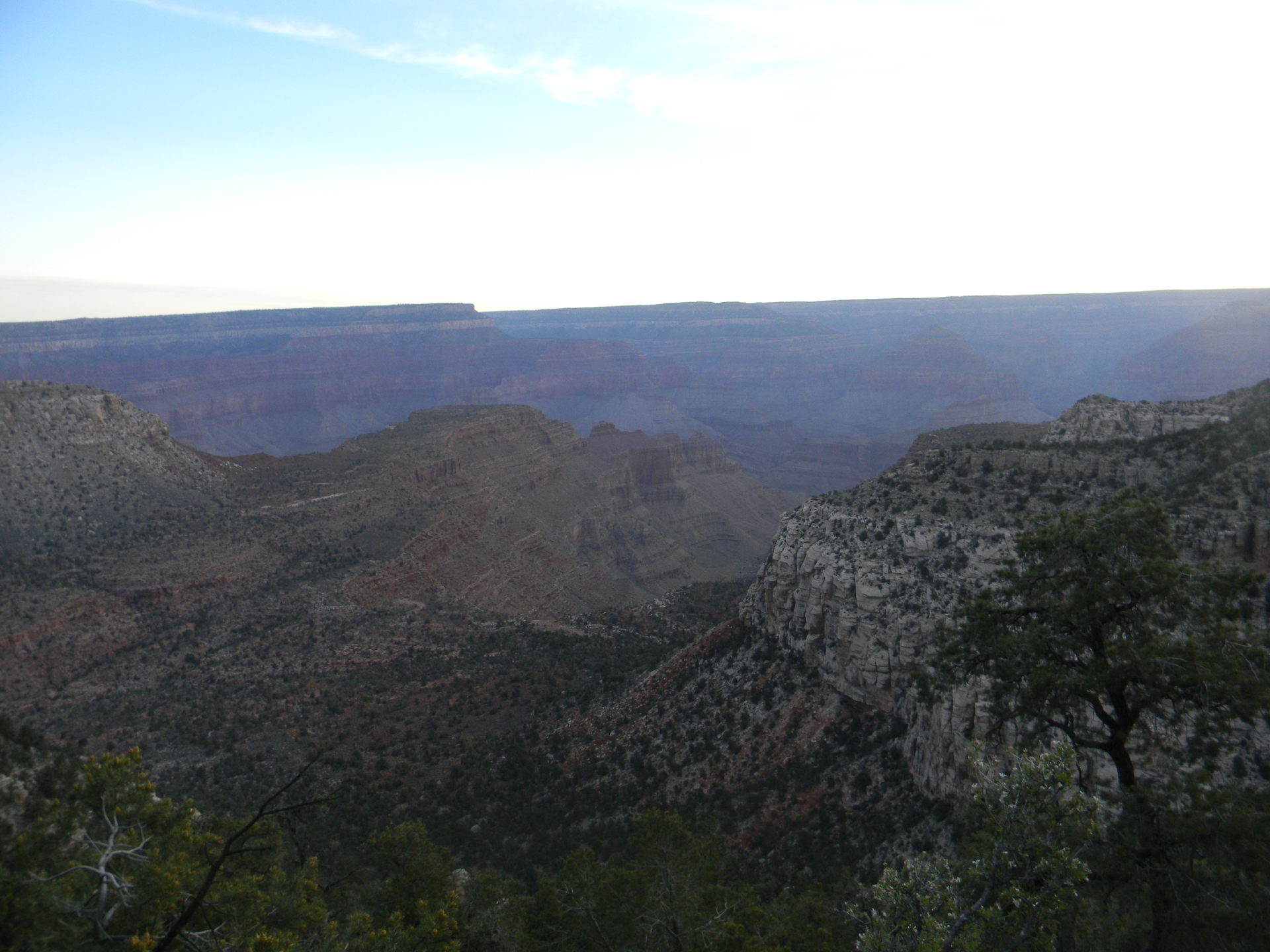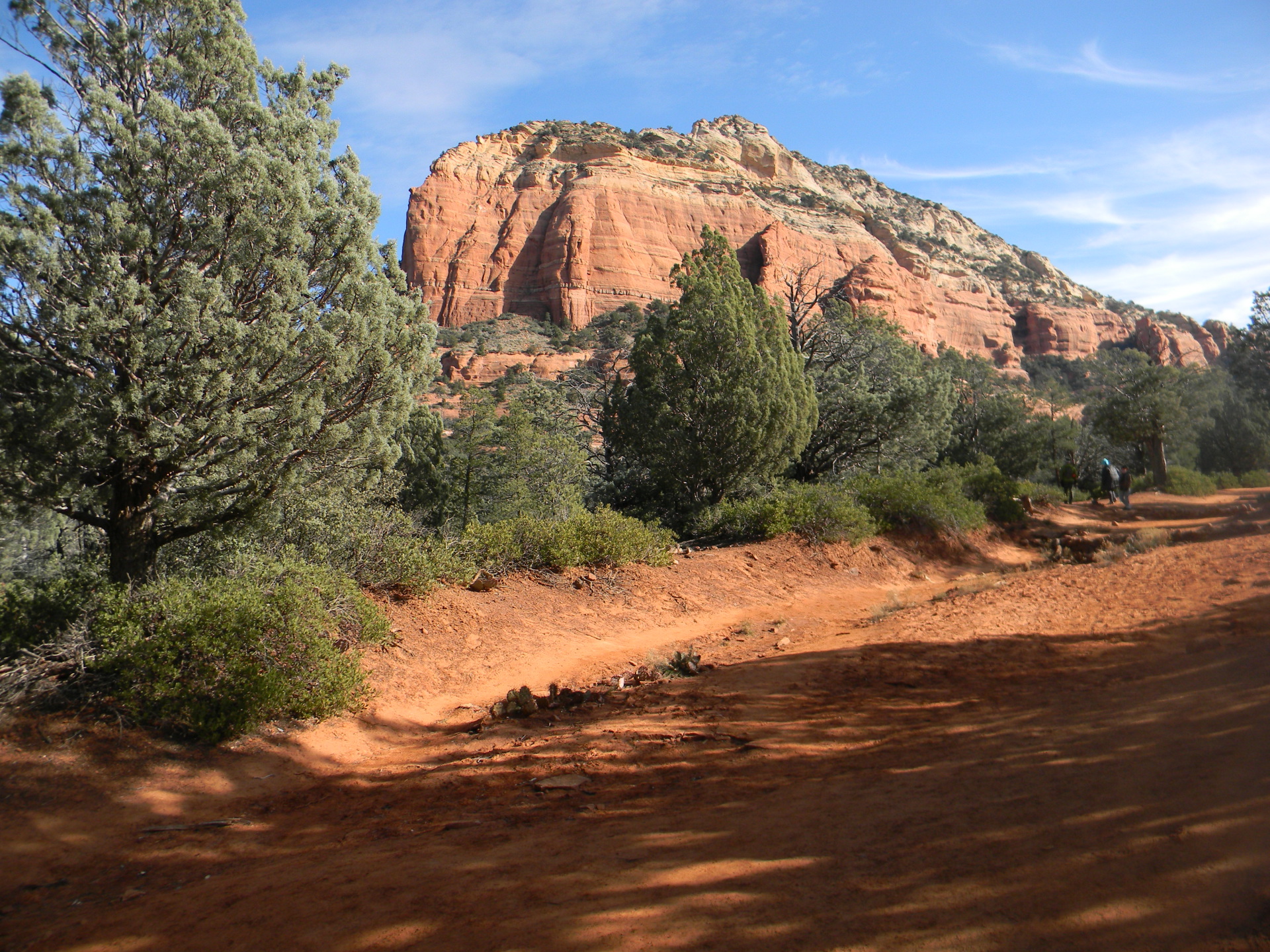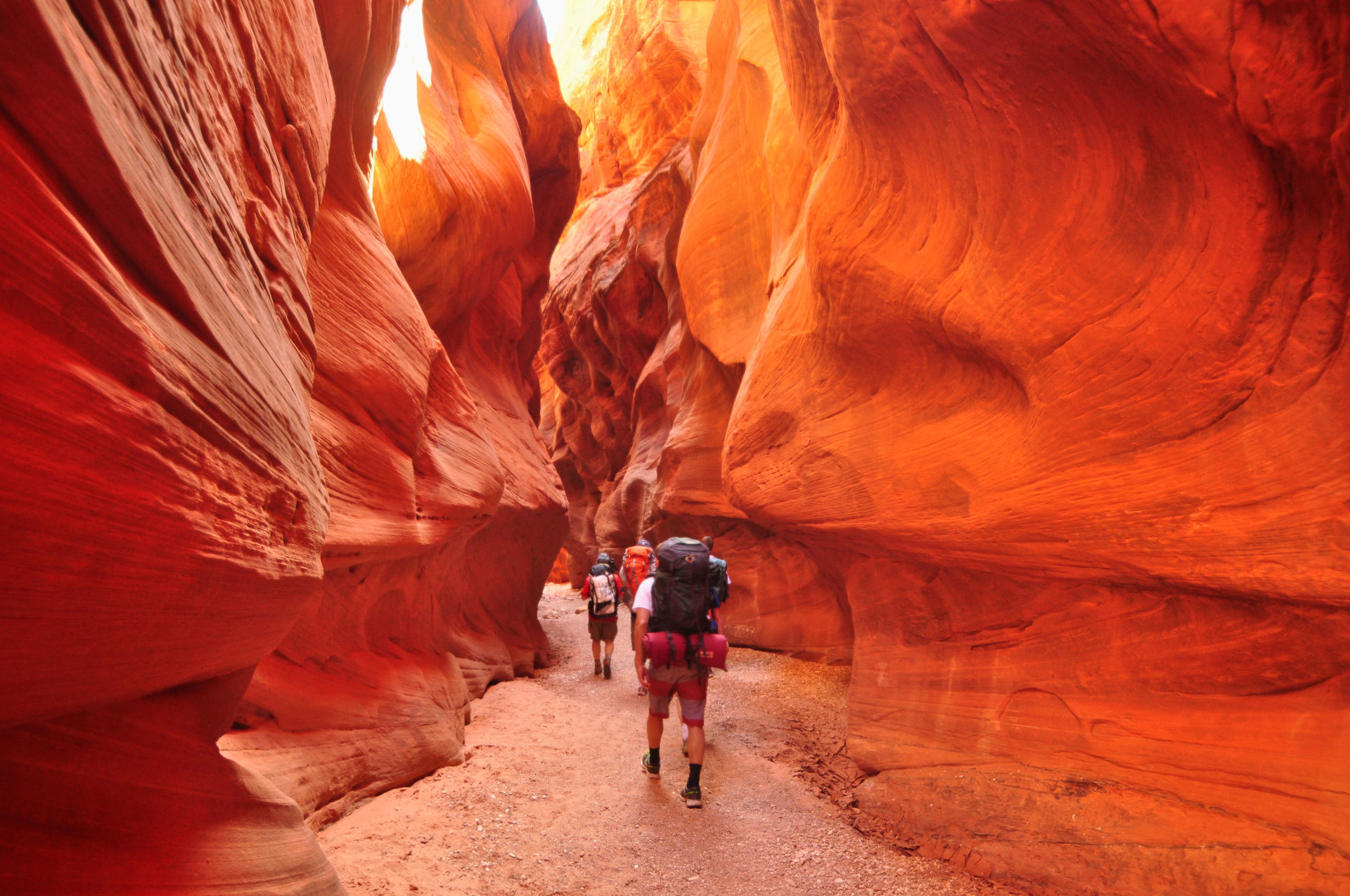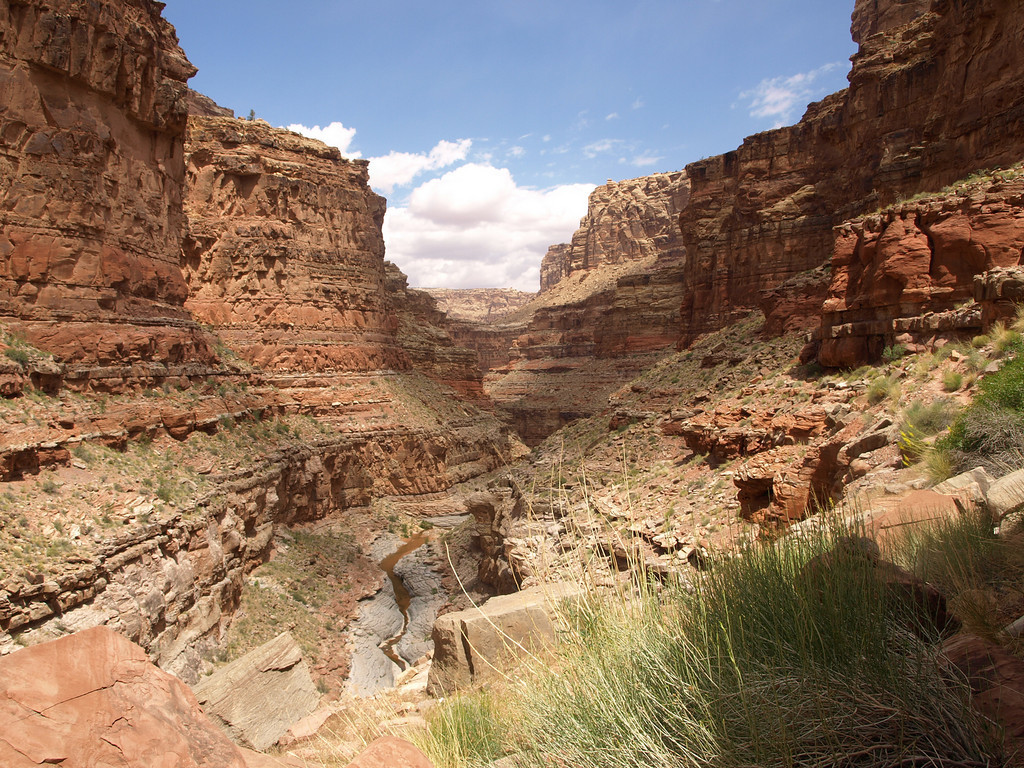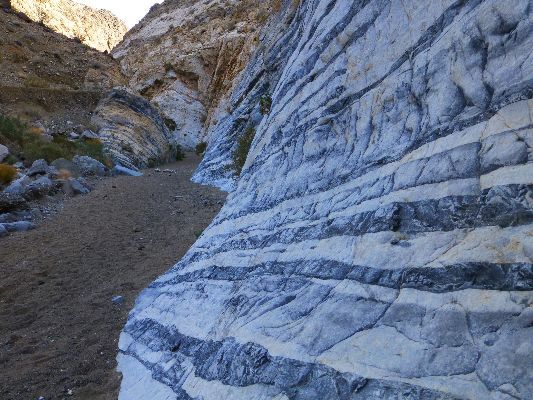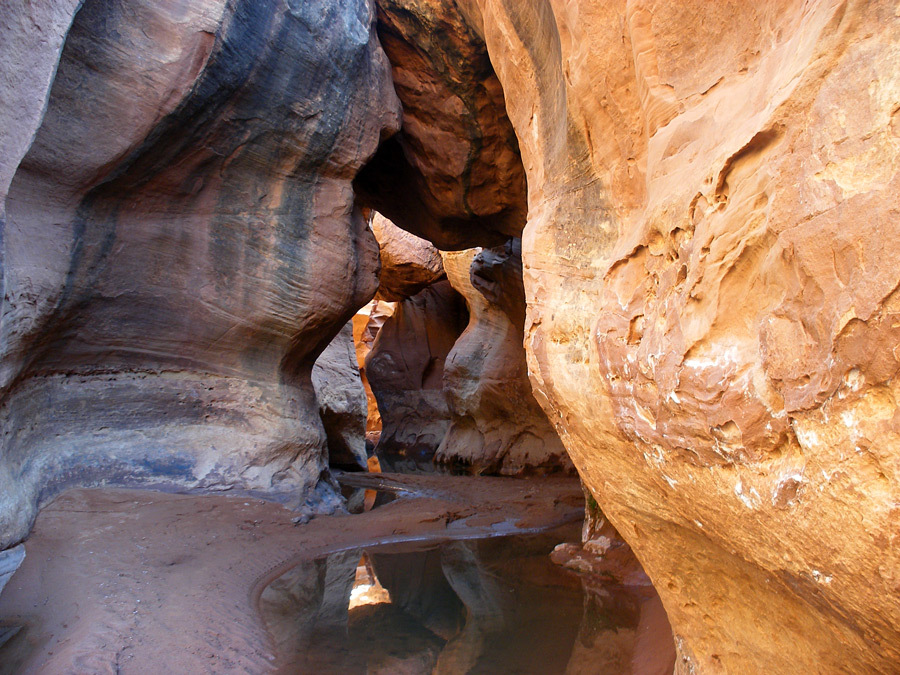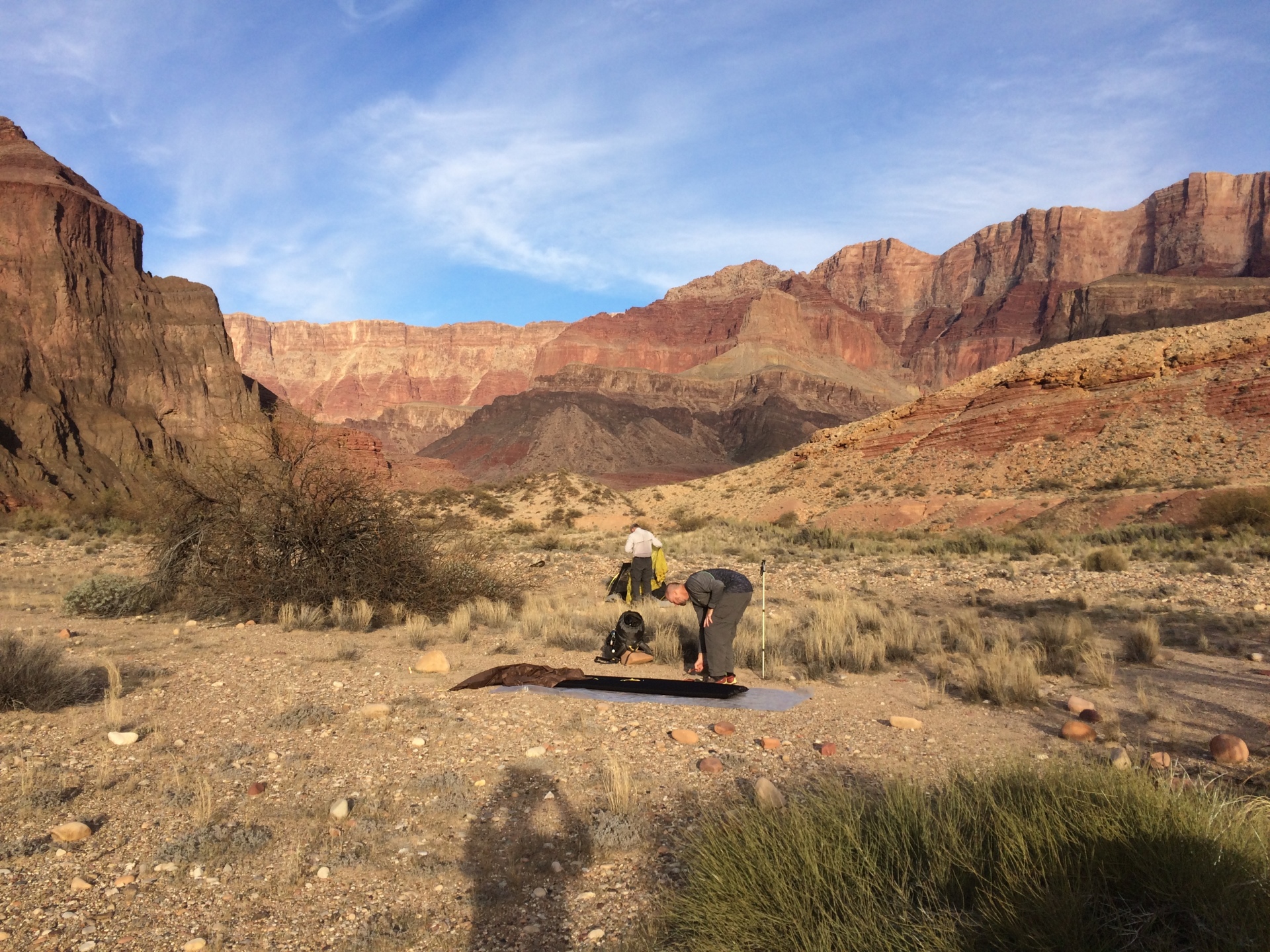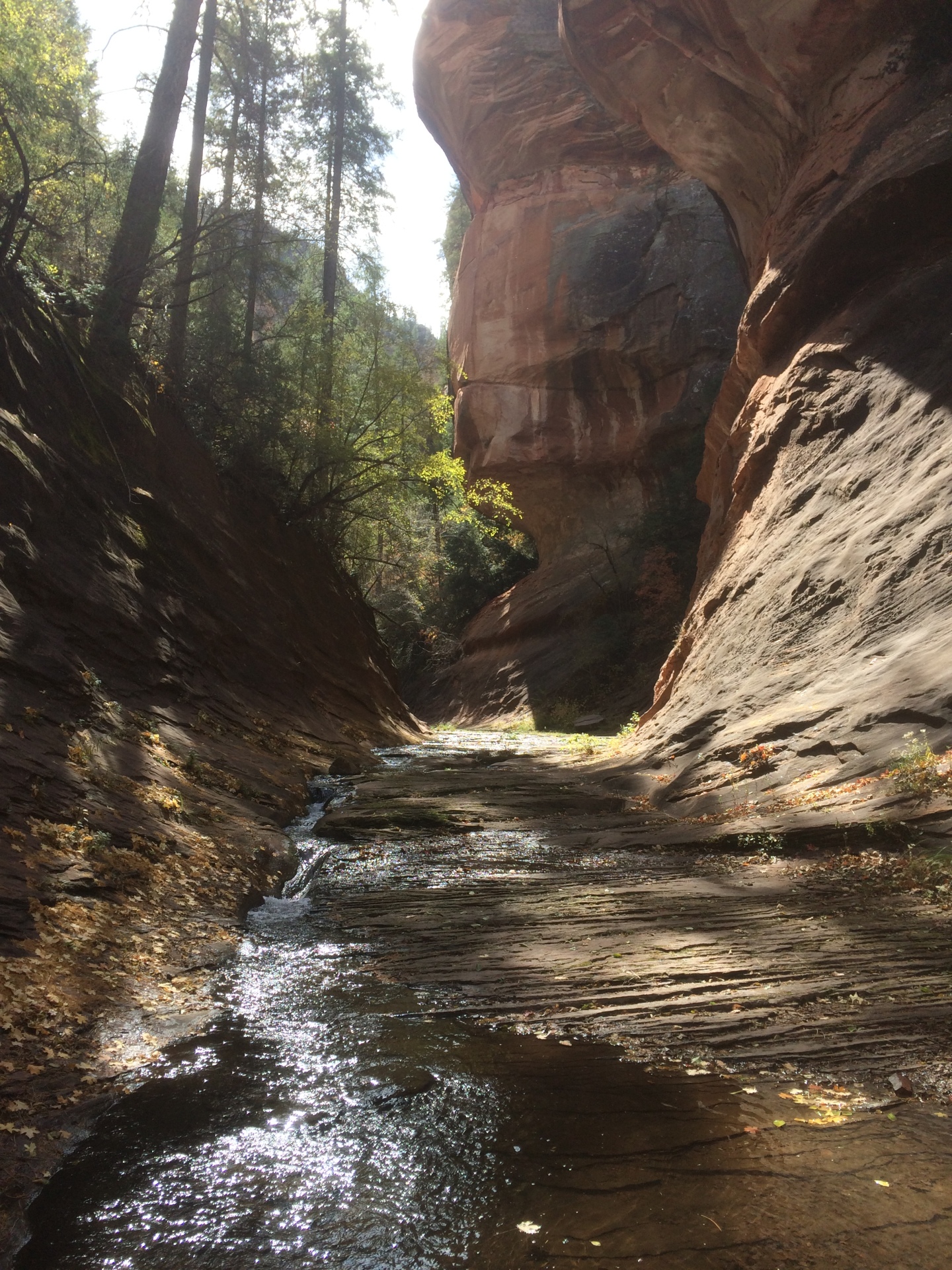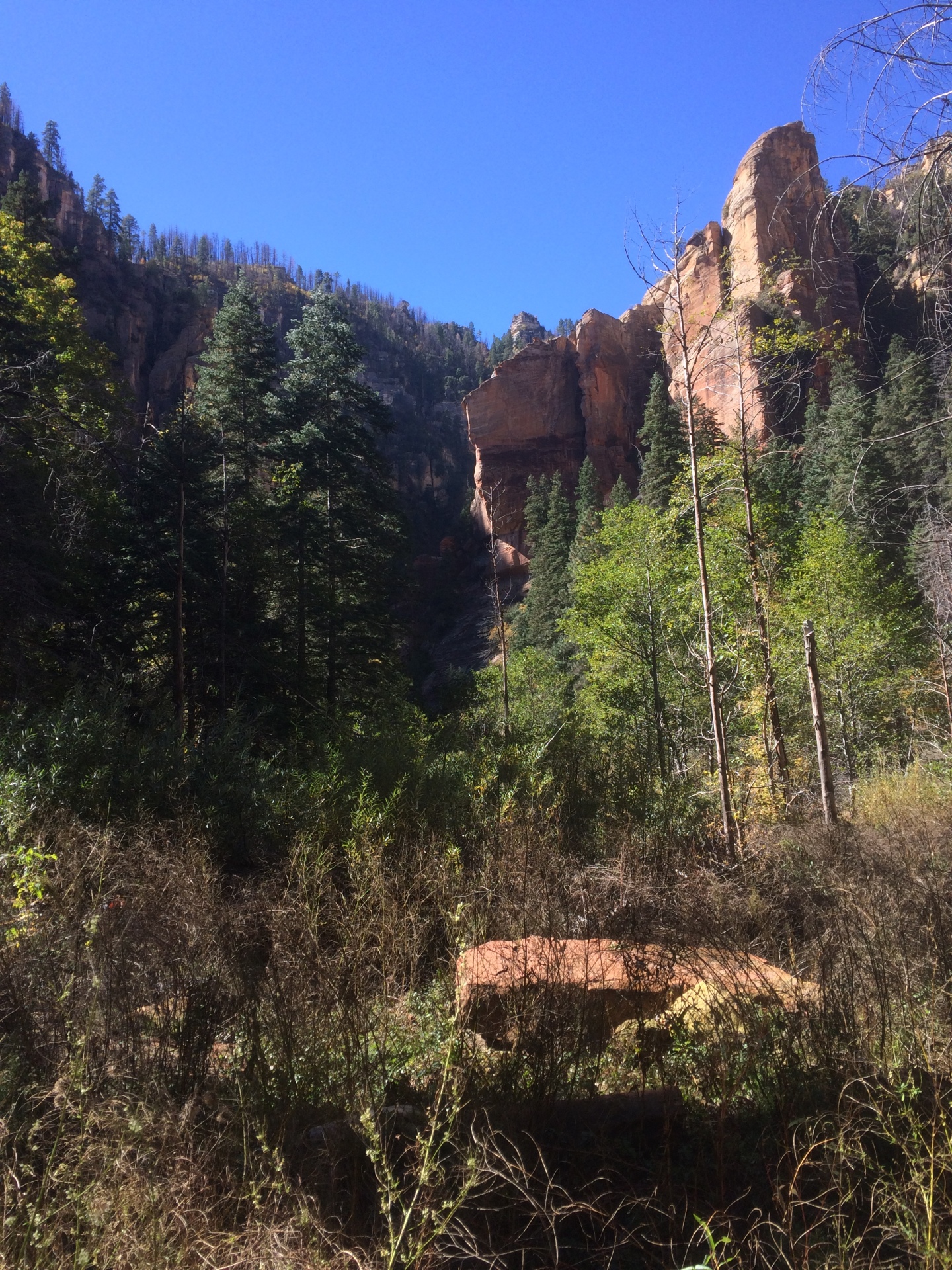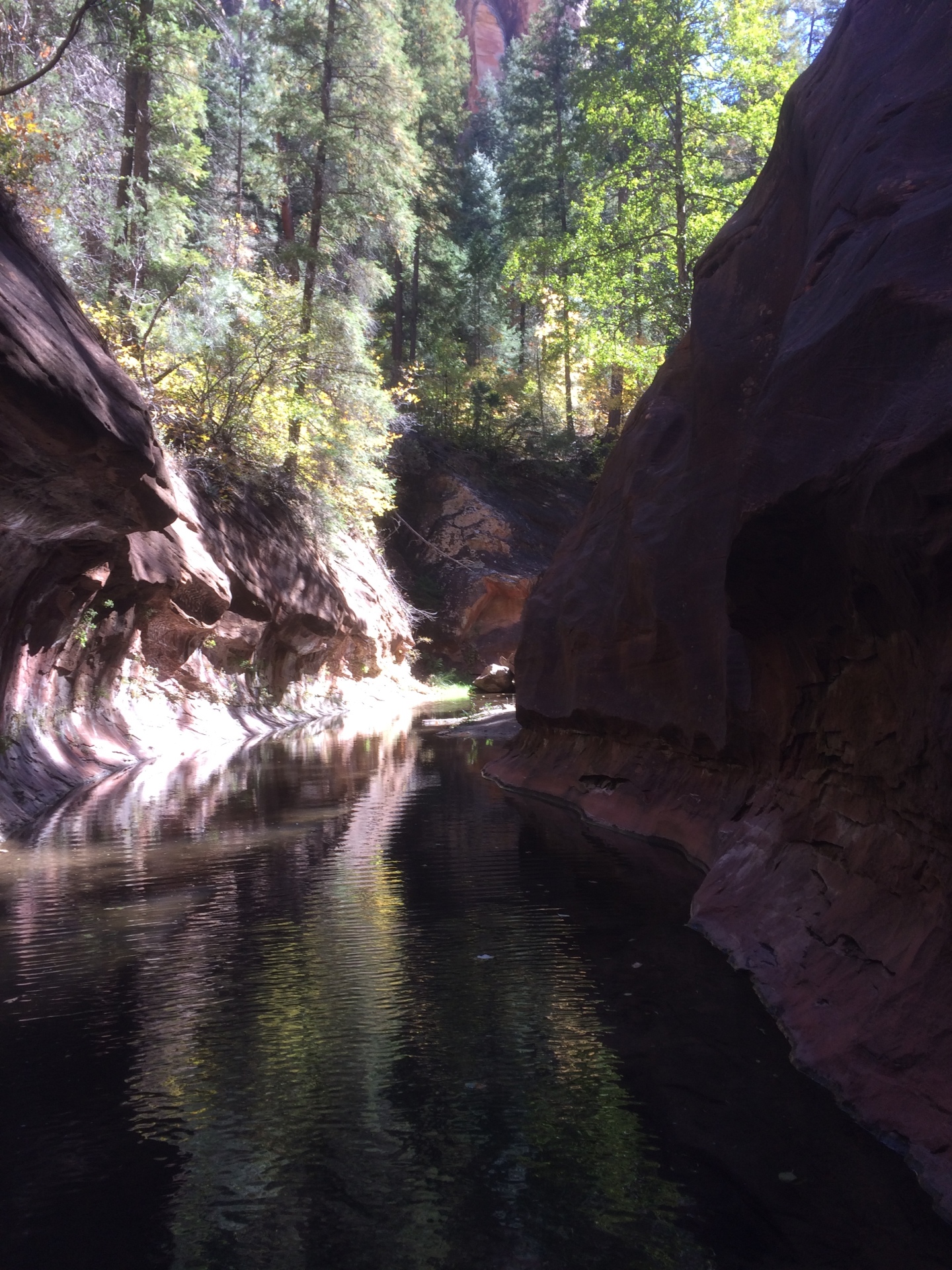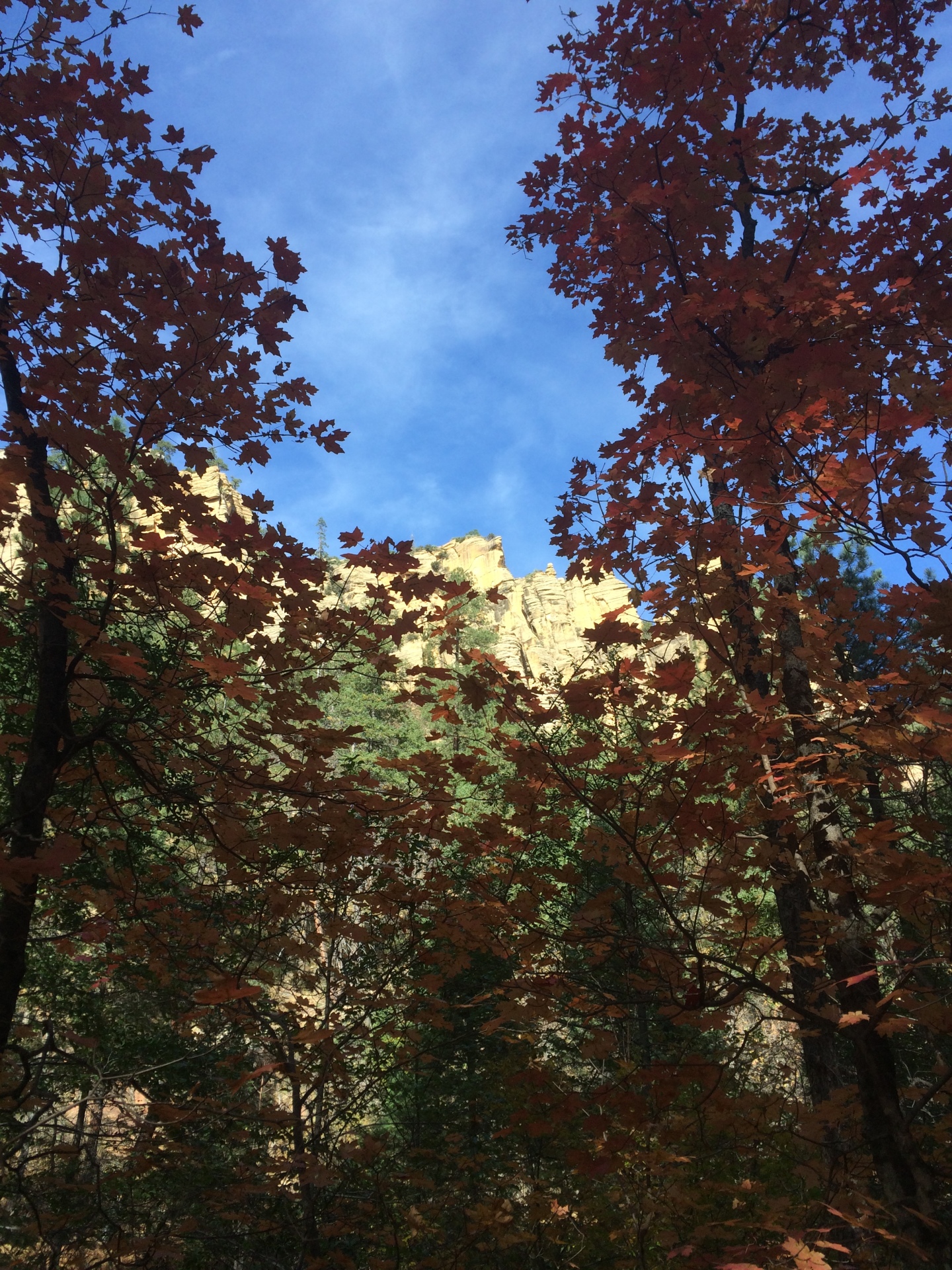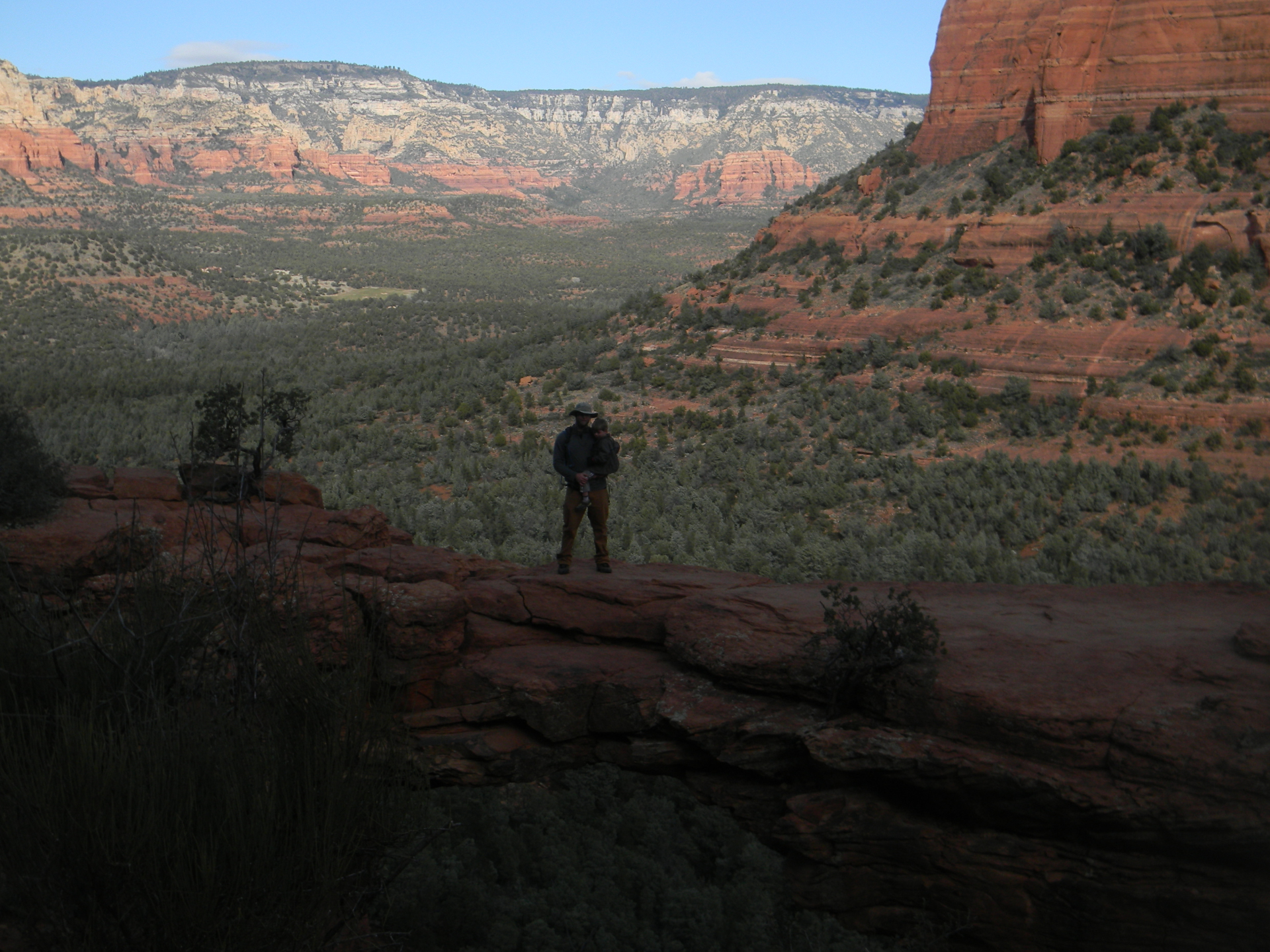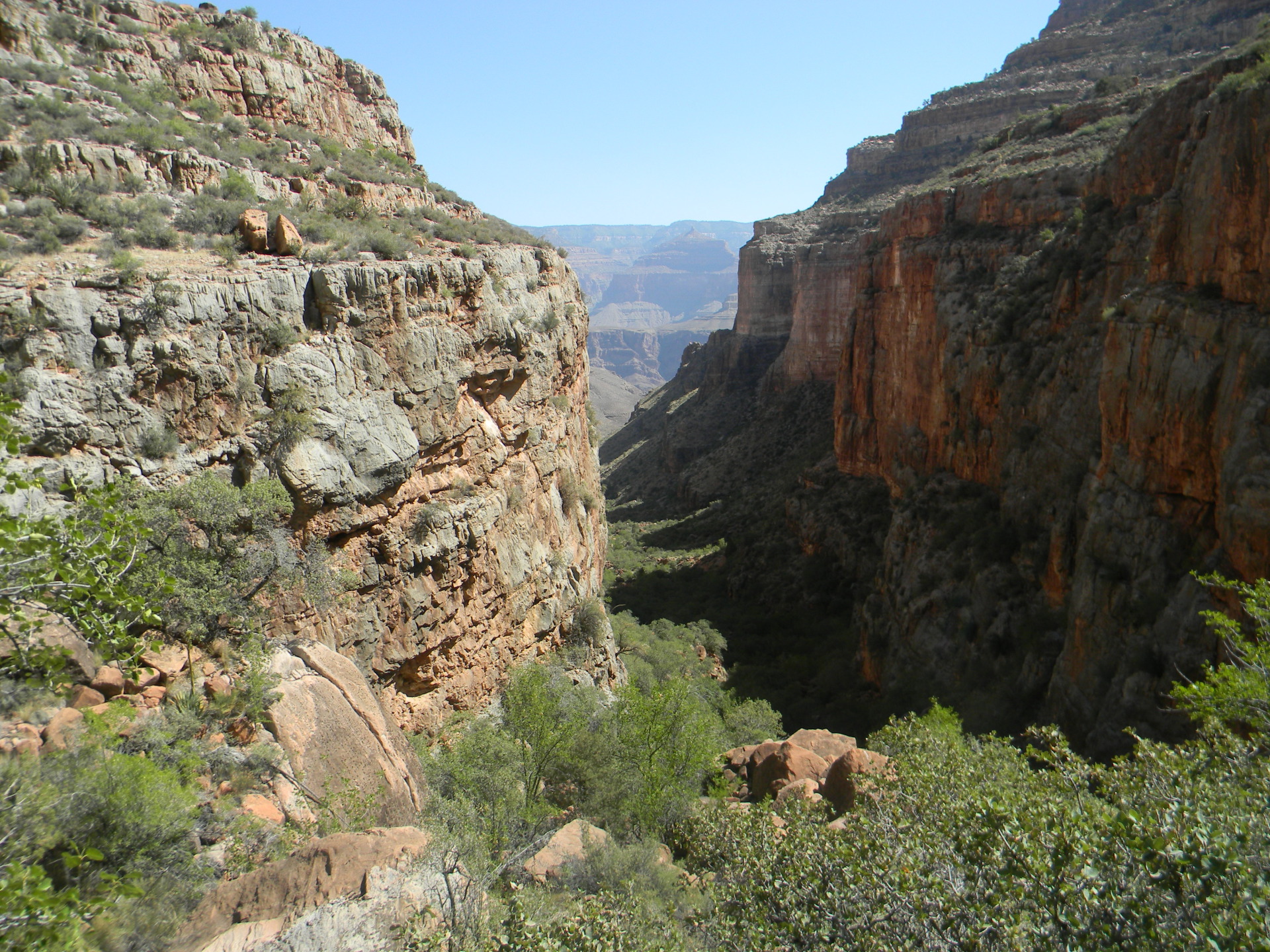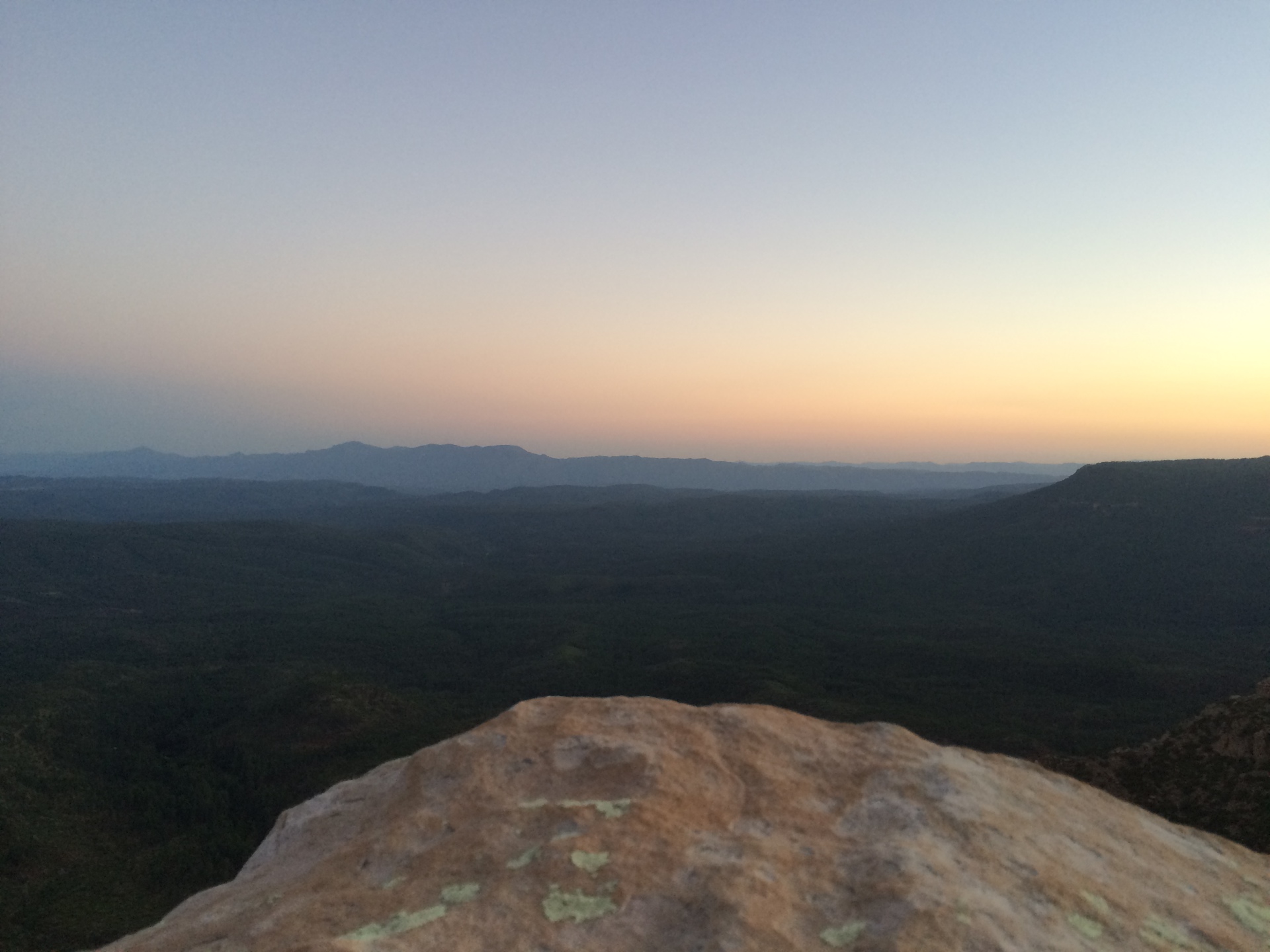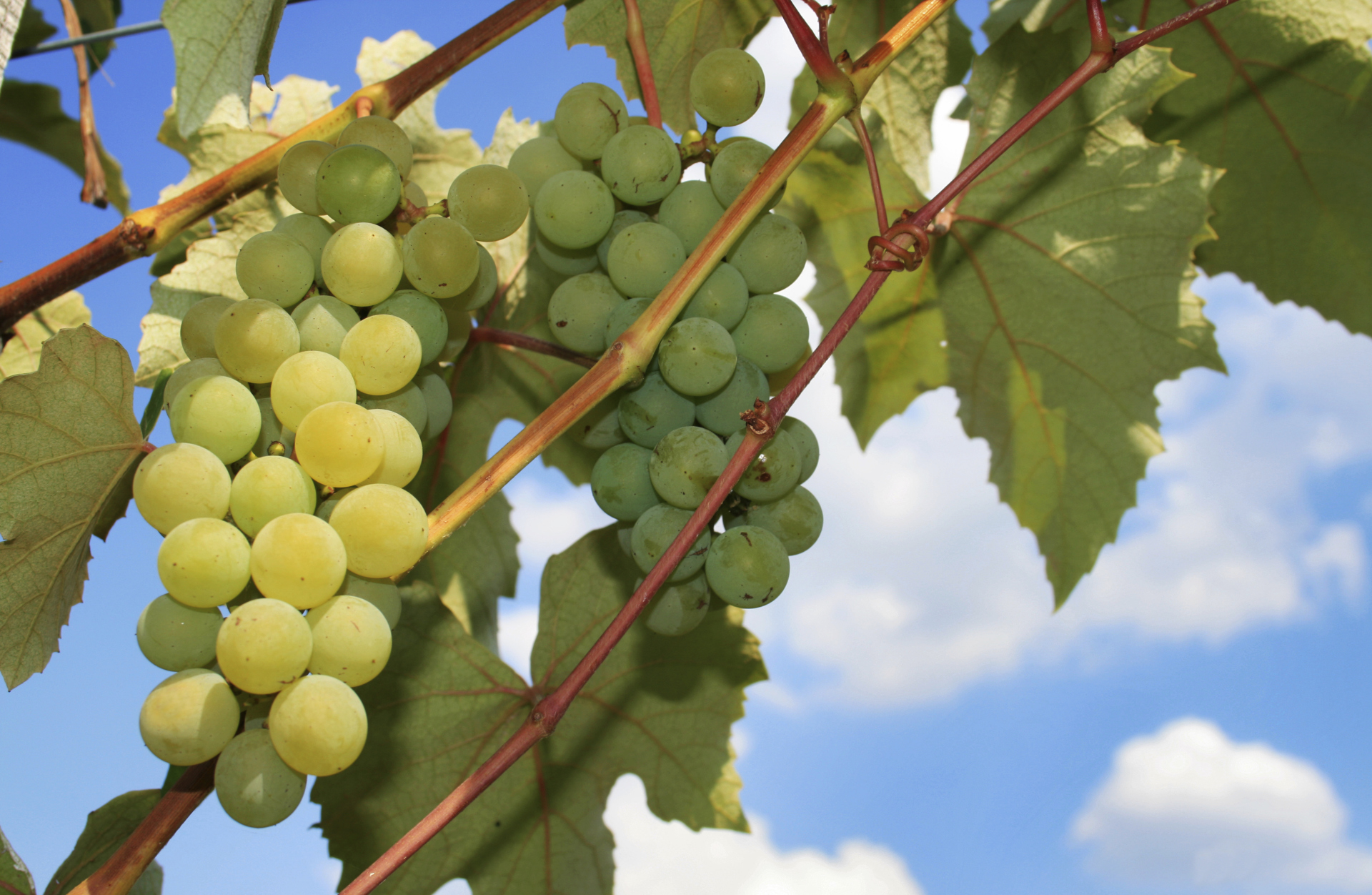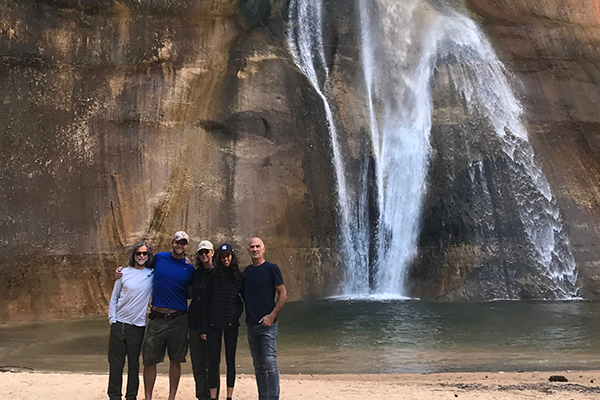
by The Goat | Aug 27, 2019 | Backpacking, Grand Canyon, Grand Staircase-Escalante, Hiking, Sedona, Utah Canyon Country
Top 5 Basecamping Trips in the Southwest
Basecamping can provide a truly wonderful experience that explores the best of both worlds in the outdoors: excellent hiking adventures by day, and comfortable accommodations by night. Hiking in the southwestern United States provides the adventurer with endless opportunities to see outrageous and iconic scenery, experience world-famous geology, and enjoy the whimsical color tapestry that pulls at the senses. The Goat has decided to let you in on his personal favorite hiking and camping adventures in the American Southwest, so load the car, strap in, and grab the camera ’cause we’re going outside!
5. Death Valley National Park and Mojave National Preserve, California
Though just the name evokes a barren wasteland of intense heat and suffering, long-time westerners know that Death Valley is one of the most fabulous places on the face of the Earth. It is a land of extremes, but one of those extremes is intense beauty. Being in Death Valley confronts the hiker with the dichotomy of life itself, in one breath being the lowest, hottest place in North America, in the other breath being a place with 11,000 foot mountains that receive feet of snow every winter.
In one breath being a howling desert, in the other being a place with flowing natural springs and over 1,000 different species of animal, including several like the Devil’s Hole Pupfish, that are indigenous to Death Valley and only Death Valley. To the east of Death Valley lies the Mojave National Preserve, a little-known slice of desert heaven that holds its own distinctions.
Think the largest, densest stand of Joshua Tree, icon of the Mojave, lies in Joshua Tree National Park? Think again. That belongs to Mojave National Preserve. Think the tallest sand dune in the United States lies in Great Sand Dunes National Park? Think again. Kelso Dune, which rises nearly 900 feet above the desert floor reigns supreme, right in the heart of the Mojave National Preserve. Death Valley and the Mojave National Preserve is a southwestern adventure that is not to be underestimated in its grandeur, taken for granted in its diversity, or passed up by the outdoor adventurer.
4. North Rim, Grand Canyon National Park, Arizona
The visitation to Grand Canyon is well-documented. Last year alone (2015) Grand Canyon National Park received over 6 million visitors for the first time in its history, breaking the string of a decade at over 5 million. To say it is well-loved is a bit of an understatement, and for good reason; It’s the Grand Canyon. However, over 90% of people that visit Grand Canyon visit the easily accessible South Rim, and only 5% of total people that visit actually go below the rim, given that the average visit time to this fabulous natural wonder is about 2.5 hours.
This leaves us with the isolated, lonely North Rim. Grand Canyon’s North Rim, which soars to over 8,500 feet on the Coconino Plateau, sees about 1/10 of the visitors that flock to the South Rim; good news for you. From the North Rim, hikers and campers are treated to all the dramatic vistas, epic geology, and fantasy of the Grand Canyon, but with a sense of solitude that can be hard to bargain for at the South Rim. North Rim contains some of the park’s most thrilling hiking adventures, outrageous fall colors, and even brings a sense of the pioneer spirit to any of its adventures.
3. Superstition Mountains, Arizona Sonoran Desert
Some say it’s the views. Some say it’s the ancient spirits. Some say it’s the lost gold mine. The Goat says he’s just lucky. The Superstition Mountains, located just 45 minutes east of the heart of Phoenix, Arizona, provide some of the best hiking, backpacking, and camping opportunities near a large metropolitan area in the United States, and perhaps the world. Hiking and exploring this fantastic wilderness from a basecamp, however, may just be the best way to see it.
Legend has it that within the Superstition Mountains lies an incredibly rich gold mine, the likes of which Arizona has never seen. The Dutchman, Mr. Jakob Waltz (who was actually German) gave clues on his deathbed as to its whereabouts, but it has yet to be located. Camping near the wilderness and tackling its hundreds of miles of excellent trails gives the outdoor adventurer a wonderful opportunity to search high and low, through deep canyons to 5,000 foot peaks. Meanwhile, sweeping views, excellent and explosive geology, and in the heart of the wilderness, solitude await as you dive deep into the legends and lore of the fabulous Superstition Wilderness.
2. Sedona, Arizona Red Rock Country
Sedona is world famous for its grand red rock monoliths, spiritual healing power, and upscale tourist traps. However, we geologists think of Sedona as the “Pangean Riviera”, as the beautiful rocks here tell a wonderful story of a paradise by the sea.
Though it’s lost its ocean views over the eons, Sedona is still one of the most gorgeous places in the American Southwest, and a base camping trip here will give the intrepid hiker and explorer all they can handle, from rugged red rock cliffs and world-class rock climbing, to intimate canyons, to soaring spires and outrageous sunsets whose colors can only be matched any the rocks themselves!
1. Capitol Reef National Park and Grand Staircase-Escalante National Monument, Utah Canyon Country
This tour de force of South Central Utah’s two epic parks will forever change your vision of what Utah’s Canyon Country is truly all about. Think you’ve seen it all? We think you’ve seen almost nothing until you behold the majesty contained within Capitol Reef and the Grand Staircase. Capitol Reef, home to the largest geologic structure in the southwest, harbors towering sunset red cliffs, arches, canyons, and utter solitude, with some of the best star-gazing in the lower 48. Grand Staircase is home to some of the most rugged, thrilling, and scenic canyons and slots on the Colorado Plateau and the entire world.
Placing your basecamp near the town of Boulder, Utah will lend you, the intrepid hiking adventurer, an opportunity to ping-pong between these two giants. The close proximity, beauty, and above all the unspoiled wilderness experience you are highly likely to obtain in these two outstanding places was the deciding factor in our countdown. The Goat approves!
So there you have it ladies and gentleman, the Top 5 Camping and Hiking Trips in the American Southwest. You can tackle them yourself, or to enhance your experience, you may choose to tackle them with our fabulous geologist/guides that will school you on every whit and whimsy in these beautiful rocks. See you on the trail!
Going Guided
Hiking and exploring Grand Canyon, or any of the National Parks, is a special experience. Although it is possible to see these places yourself, hiring a guide is a great idea. For instance, guiding services provide logistical support, and plan everything for your best possible trip. They provide a great safety net on the trail, and are trained in backcountry medicine. Above all, they provide a depth of knowledge of the region that turns a walk into a true adventure.
Blue Marble Adventure GeoTourism provides all of the support you need, and pairs that with expert geologist/guides. Our backcountry meals use fresh ingredients, and are planned by a professional chef. Furthermore, we provide top-of-the-line gear and passion for the places we explore. In conclusion, you can visit National Parks, but going with a guide can create and even more memorable experience. Don’t be shy, and call us!
Read our blog!
For adventure hiking vacations in a geologic time machine, see our epic tours in Grand Canyon, Utah, and Arizona!
For geological musings read The Goat’s geology blog.
Follow us on Facebookand Instagram
Explore Further, Be Wild, See Through Time — Blue Marble Adventure GeoTourism
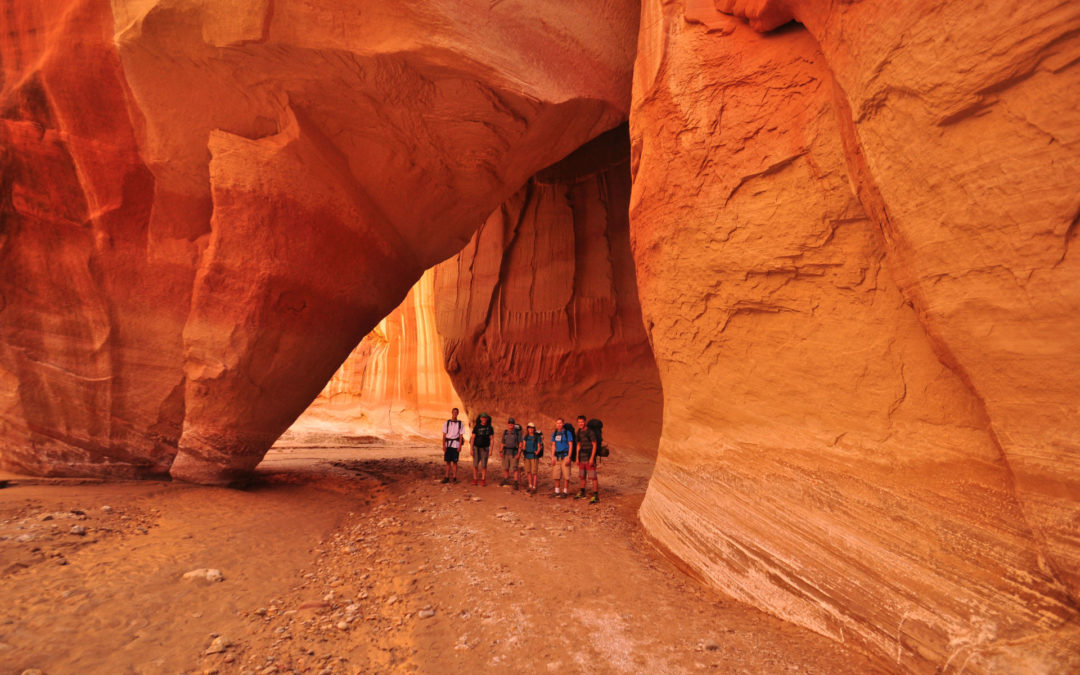
by The Goat | Aug 27, 2019 | Backpacking, Bears Ears, Grand Staircase-Escalante, Hiking
Top 5 Backpacking Trips in the Southwest
The American Southwest is a veritable buffet of life-list adventures. From the tame to the rugged, there is something for everyone here. Whether you are hiking and backpacking in Utah, Death Valley, Grand Canyon, or the wild Sonoran Desert, The Goat has compiled his top 5 backpacking trips in the American Southwest just for you. Follow along with us as we take you on a dream tour of our epic backyard.
5. Bucksin Gulch to Paria Canyon, Vermillion Cliffs National Monument, Utah Canyon Country
Simply put, this is one of the finest canyon hiking experiences in the world. This 43-mile, multi-day point-to-point takes hikers through the longest, deepest slot canyon in North America (and perhaps the world) the Buckskin Gulch. Towering sunset sandstone walls lead you through this coursing labyrinth, crossing the Paria River over 50 times before it dumps you out at Lee’s Ferry, the official beginning of the Grand Canyon. Along the way hikers are treated to epic canyon scenery, including several soaring natural arches, waterfalls, natural springs, the dreaded “Cesspools,” and a pleasant grade that makes it easy to revel in the scenic and geologic wonders. Paria Canyon and Buckskin Gulch can be done separately, but it is The Goat’s preference to get them both done in this fabulous backpacking tour of quintessential canyon hiking.
4. Sundance Trail to Dark Canyon, Dark Canyon Primitive Wilderness, Utah Canyon Country
Potentially the best part of this fantastic hiking and backpacking experience in the depths of Utah’s Canyon Country is that you may have Dark Canyon all to yourself. Intrepid hikers will travel at least 2-3 hours in any direction across 4×4 roads just to reach the trailhead, which makes getting here a fabulous adventure in and of itself. Once here, Dark Canyon presents hikers with some of the most unspoiled scenery and geology in Utah and all of the American Southwest. Often referred to as “the Little Grand Canyon” due to its ever-changing hues and sheer cliff walls, Dark Canyon is one of the premier canyon hiking destinations in the United States. The Sundance Trail descends a particularly rugged and thrilling ridge down into the depths of Dark Canyon, and once there, gives nearly limitless opportunities for hiking into side canyons and tributaries, each more stunning than the last. The Sundance Trail can also serve as a simple day hike, but The Goat recommends at least two or more days in this outstanding Utah canyon wilderness.
3. Marble Canyon via Cottonwood Canyon, Death Valley National Park, California
Death Valley: hot, barren, and boring, right? Wrong. Death Valley is perhaps the most ecologically diverse and geologically astounding place in North America, and the Marble Canyon via Cottonwood Canyon backpacking route puts that on full display. Running natural springs surrounded by towering cottonwood trees? Check. Polished billion year-old marble? Check. Slot canyons? Check. Solitude? Check. Adventurous route-finding and scrambling? Double Check. Backpackers and hikers typically do Marble Canyon only, however, The Goat prefers to make the Cottonwood to Marble Canyon traverse via Dead Horse Canyon, a rugged and wild adventure that will truly give you appreciation for the grandeur and diversity of Death Valley.
2. West Canyon, Arizona Red Rock Country
West Canyon is regarded by many (including The Goat) as the finest slot canyon on the Colorado Plateau. It does not hold any particular distinction as far as length, depth, or width, but its scenery and slot canyoning experience is absolutely second-to-none. Backpacking through West Canyon, the hiker is almost immediately confronted with swimming opportunities, old hogans, several dry falls that require exciting scrambling, and all this within the first mile of the canyon. As the backpacking continues, the hiker will reach waterfalls, enormous and outrageous alcoves, and numerous opportunities for hiking into side canyons, ducking through thrilling narrows that often require a headlamp, and quintessential sunset sandstone walls that seem to bathe in the soft sunlight that reaches into the depths of the canyon. What really puts this adventure over the top, however, is the boat trip required to reach the canyon, making West Canyon a unique and powerful experience in Red Rock Canyon Country.
1. Tanner Trail to Grandview Point via the Escalante Route, Grand Canyon, Arizona
This is the #1 backpacking trip in the American Southwest for one simple reason: the ultimate combination of geology and scenery. As with any hike in the Grand Canyon, hikers are confronted with nearly 2 billion years of Earth’s history painted on the walls. However, on the Escalante Route, hikers and backpackers get up close and personal with two of the Grand Canyon’s greatest scenic and geologic features, the Great Unconformity and the Butte Fault. We’ll leave one of our geologist/guides to walk you through the finer points of these fabulous features, but let’s just say that they add a fabulous spice to this outrageously scenic hike that includes a class 3 scramble up the Papago Wall, delving into a slot canyon, camping at the beach, and utter solitude. The Escalante Route presents exciting challenges and sweeping grandeur, all in the eastern part of Grand Canyon before the Colorado River enters the Inner Gorge. This wide-open expanse will give you a true perspective on the grand scale of Grand Canyon, as you confront literal mountains within the canyon, all the way down to narrow slots and three separate Colorado River-side camps that do not disappoint.
So there you have it ladies and gentleman, the Top 5 Backpacking Trips in the American Southwest. You can tackle them yourself, or to enhance your experience, you may choose to tackle them with our fabulous geologist/guides that will school you on every whit and whimsy in these beautiful rocks. See you on the trail!
Going Guided
Hiking and exploring Grand Canyon, or any of the National Parks, is a special experience. Although it is possible to see these places yourself, hiring a guide is a great idea. For instance, guiding services provide logistical support, and plan everything for your best possible trip. They provide a great safety net on the trail, and are trained in backcountry medicine. Above all, they provide a depth of knowledge of the region that turns a walk into a true adventure.
Blue Marble Adventure GeoTourism provides all of the support you need, and pairs that with expert geologist/guides. Our backcountry meals use fresh ingredients, and are planned by a professional chef. Furthermore, we provide top-of-the-line gear and passion for the places we explore. In conclusion, you can visit National Parks, but going with a guide can create and even more memorable experience. Don’t be shy, and call us!
Read our blog!
For adventure hiking vacations in a geologic time machine, see our epic tours in Grand Canyon, Utah, and Arizona!
For geological musings read The Goat’s geology blog.
Follow us on Facebookand Instagram
Explore Further, Be Wild, See Through Time — Blue Marble Adventure GeoTourism

by The Goat | Aug 27, 2019 | Geology, Hiking, Sedona
What Makes Sedona so Special?
Every year, millions of tourists from all over the world flock to Sedona, AZ to see scenes published in magazines the globe over. They marvel at the fantastical red rocks, find zen in the spiritual vortex’s, and bask in the warm glow of one of the southwest’s premier geological wonders. But how did it get this way? The Goat knows.
West Fork Canyon, Oak Creek near Sedona, AZ
Our story begins nearly 320 million years ago in the Mississippian epoch of the Paleozoic era. Near the southwestern edge of the supercontinent known as Pangea, there is a white sand beach on a coastline with fertile rivers, tropical sunshine, and dense vegetation. Large, predatory fish scour out in the sea, while small reptiles and amphibians cruise the lush coast in search of food and shade.
The air is moist and warm here near the equator, and life is simple. Over the next 10 million years, the sea slowly regresses and the rivers flow out, carrying sediment eroded from the Ancestral Rocky Mountains across floodplains in a large, lazy meander. From Sedona to the Grand Canyon, the uppermost members of the Supai Group, known today as the Esplanade Sandstone, the Hermit Shale, and the Schebly Hill Formation are deposited in this proximal-marine, balmy, beachy, environment. This oxidized sediment gives the foundation for the blazing reds, oranges, and greens of modern-day Sedona as they are buried and turned to stone.
One of our clients strolling through blazing Sedona fall colors
As the seas recede and the rivers dry out with a drying climate, a massive sea of sand dunes migrates over the continent in a parched, desolate, desert landscape. Small reptiles scuttle across the dunes, drinking the water trapped under them in monsoonal rain events. This arid, windy dune sea, reminiscent of the modern-day Sahara, covers an area from south of Sedona to modern-day Montana, covering nearly 1/3 of the North American continent roughly 290 million years ago in the upper Permian epoch. These blonde dunes lay the foundation for the towering cliffs seen north of Sedona in Oak Creek Canyon, known today as the Coconino Sandstone.
Towering spires and cliffs in the Coconino Sandstone
Near the end of the Permian, nearly 273 million years ago, a warm shallow sea overtakes the sand dunes. This sea is teeming with life in an extensive coral reef system that is home to brachiopods, ammonites, bryozoans, sponges, and other non-vertebrate marine life, as well as small vertebrate fish. As these animals die, their carbonate shells mix with sediment to form a calcium-carbonate rock, known as limestone.
This limestone will be known as the Kaibab Limestone, and it forms the rims of both Oak Creek Canyon and the Grand Canyon further to the north in Arizona. This hard, erosion-resistant limestone protects the softer, more fragile formations under it, which will be very important over the next 270 million years.
Sparkling Pools in a hidden Canyon, Sedona, AZ
The Kaibab Limestone is the final sedimentary layer deposited in the Sedona region near the southwestern edge of Pangea, but it is far from the final geologic process that formed this wondrous place. The end of the Permian transforms life on Earth, as a mass extinction inflicts a 95% mortality rate of all species on Earth.
In the early Triassic of the Mesozoic, the age of the large reptiles, massive jungle swamps covered the land, forming the Chinle group and the Painted Desert. Still more cycles of rivers and floodplains ensued through the Jurassic into the Cretaceous as volcanoes formed and erupted, and Pangea broke apart, giving rise to the current continental map.
Sun-bathed Coconino Sandstone cliffs near Oak Creek
The Rocky Mountains were built in the north by the Laramide Orogeny, a process responsible for not only the mountains themselves, but some of the wonderful faults and structures such as anticlines and synclines that can be found in Sedona and around the region. During this process, something very important happened, as the plate sliding under the North American plate, known as the Farallon plate, suddenly snapped off about 25 million years ago, a portion of it remaining just below the crust in the mantle.
How was the Colorado Plateau formed?
This caused an entire region to be uplifted as the bouyant piece of plate quite literally “floated” in the mantle. This region, known now as the Colorado Plateau, was bounded by volcanic mountains as magma near the margins of the Farallon plate began to issue through weaknesses in the crust caused by the floating plate.
The Goat stands on famous Devil’s Arch in the Red Rock-Secret Mountain Wilderness of Sedona
Sedona itself lay at the very southwestern edge of this action, very near to several volcanoes and an ancient mountain range known as the Mogollon Highlands to its south. It was then that the North American plate began to “slide” back out over the Farallon and Pacific plates. This action formed the Basin and Range that encompasses Phoenix, Tucson, Las Vegas, and Death Valley today as areas of massive faulting, volcanism, and large, sediment-collecting basins.
Sedona was quite literally caught in the middle of this action. As the Mogollon Highlands “slid” to the south and the rivers that once flowed north from them ceased, new rivers began to cut south into the receding lowlands as the crust rifted. Faults, such as the Oak Creek and Verde faults, became active, cutting canyons (Oak Creek, Walnut Canyon, Sycamore Canyon) to the north and accommodating more river flow into the newly-formed valleys and basins left open by the receding Highlands.
Volcanoes continued to erupt to the north and south, issuing lava flows and ash that now dot the landscape. The basalt that caps Oak Creek Canyon is just under 8 million years old, and preserved the soft sediments beneath it as the newly created Oak Creek and its mother fault cut the canyon.
A hidden canyon near Sedona
These rivers chiseled out courses in the buttery sediment, leaving behind the fantasy-lands we see today. Many of these rivers still course their way down the valleys today, their work never done. Iconic and wondrous formations such as Cathedral Rock, The Coffee Pot, Wilson Moutain, and Vultee Arch are all remnants of these combined processes of sediment deposition, burial, mountain-building, volcanic eruptions, and water-based erosion. Come with us as we explore them all!
Going Guided
Hiking and exploring Sedona is a special experience. Although it is possible to see these places yourself, hiring a guide is a great idea. For instance, guiding services provide logistical support, and plan everything for your best possible trip. They provide a great safety net on the trail, and are trained in backcountry medicine. Above all, they provide a depth of knowledge of the region that turns a walk into a true adventure.
Blue Marble Adventure GeoTourism provides all of the support you need, and pairs that with expert geologist/guides. Our backcountry meals use fresh ingredients, and are planned by a professional chef. Furthermore, we provide top-of-the-line gear and passion for the places we explore. In conclusion, you can visit National Parks, but going with a guide can create and even more memorable experience. Don’t be shy, and call us!
Read our blog!
For adventure hiking vacations in a geologic time machine, see our epic tours in Grand Canyon, Utah, and Arizona!
For geological musings read The Goat’s geology blog.
Follow us on Facebookand Instagram
Explore Further, Be Wild, See Through Time — Blue Marble Adventure GeoTourism
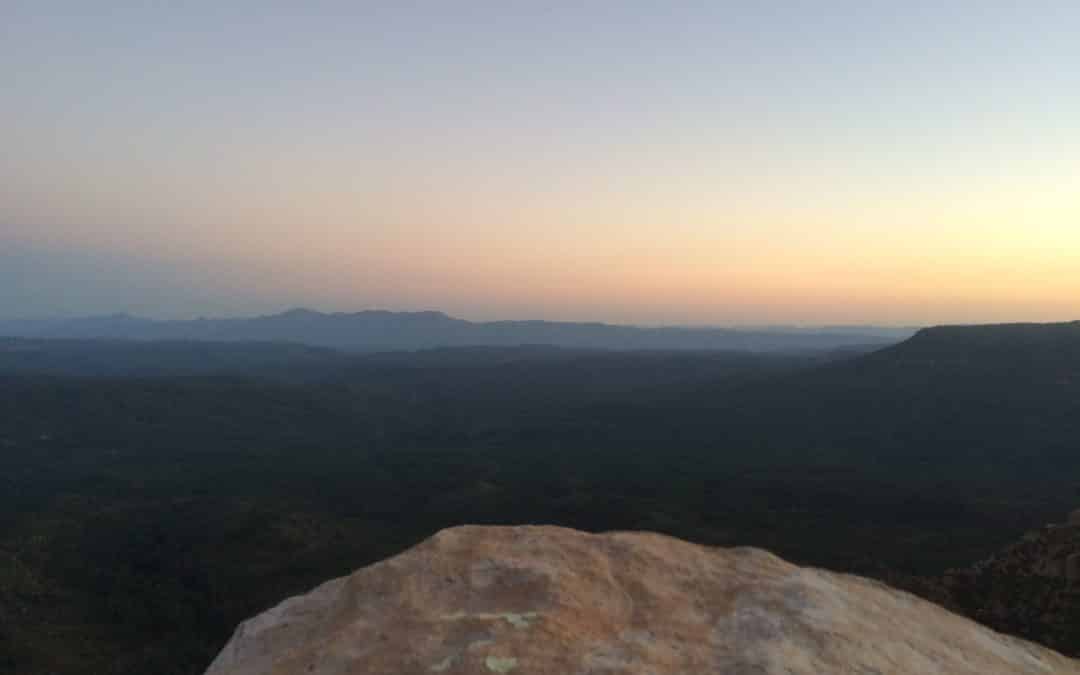
by The Goat | Aug 27, 2019 | Backpacking, Hiking
Hiking on the Mogollon Rim, Arizona
With so many jaw-dropping natural features, Arizona can be almost overwhelming in terms of choices. Let us simplify things for you: go to the Mogollon Rim. Why? Lakes, canyons, spectacular scenery, wildlife, solitude, cool summer weather, history, and of course, geology.
Geology
“The Rim” is the actual edge of the Colorado Plateau, famous for the Grand Canyon, Zion, Bryce, Arches, Canyonlands, volcanoes, rivers, and some of the most outrageous displays of sedimentary geology in the world. To the south lies the Transition Zone and the Basin and Range, geologic provinces characterized by extensional faulting and the Sonoran/Mojave Deserts. It is the last bastion of the flat-lying sediments, the precipitous drop-off to the ends of the Earth.
History
Sitting over 1000ft. higher than the land just to the south, The Rim provides a dramatic gateway to Plateau country, and has indeed been the sentinel of our beloved Plateau. As civilization expanded with the railroad and the Westward Migration of the late 19th century, the Mogollon Rim kept large swaths of civilization away with its foreboding cliffs and complex topography. In 1871, General George Crook was given the task of creating a throughway across The Rim from Fort Apache near present day Show Low, AZ to Fort Verde near present-day Prescott, AZ. Today, this road serves as The Rim Road, and is the main route of travel on The Rim, providing access to all the lakes and scenic points that it offers.
Hiking
The Mogollon Rim offers nearly limitless hiking opportunities. Simply hiking along the rim itself is a great experience. Exploring the many canyons carved into the rim provides adventures for all levels, from easy strolls to technical descents. The Arizona Trail runs through the rim, and is a great trail to explore if this is your first time here.
Going Guided
Hiking and exploring the Mogollon Rim is a special experience. Although it is possible to see these places yourself, hiring a guide is a great idea. For instance, guiding services provide logistical support, and plan everything for your best possible trip. They provide a great safety net on the trail, and are trained in backcountry medicine. Above all, they provide a depth of knowledge of the region that turns a walk into a true adventure.
Blue Marble Adventure GeoTourism provides all of the support you need, and pairs that with expert geologist/guides. Our backcountry meals use fresh ingredients, and are planned by a professional chef. Furthermore, we provide top-of-the-line gear and passion for the places we explore. In conclusion, you can visit National Parks, but going with a guide can create and even more memorable experience. Don’t be shy, and call us!
Read our blog!
For adventure hiking vacations in a geologic time machine, see our epic tours in Grand Canyon, Utah, and Arizona!
For geological musings read The Goat’s geology blog.
Follow us on Facebookand Instagram
Explore Further, Be Wild, See Through Time — Blue Marble Adventure GeoTourism
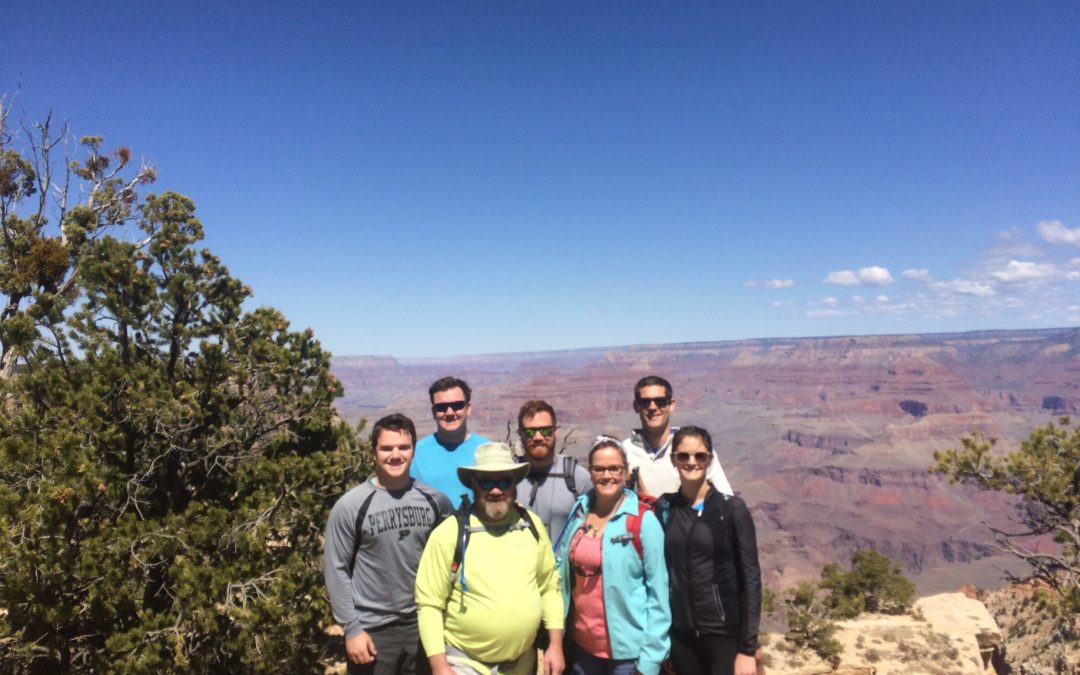
by The Goat | Aug 27, 2019 | Backpacking, Hiking
Surviving the Wilds’ Fury
Accidents happen. It is a fact of life, and a solid fact of outdoor adventure. We felt compelled to write this blog post in response to the latest tragedy in our backyard, as a young women perished in the Grand Canyon after falling at Ooh-Ahh Point on the South Kaibab Trail. Hiking with friends, she snapped a few photos, posted them to Instagram, then in a moment she was gone. As gut-wrenching as this story is, it paints an all-too-real picture of the perils faced daily by adventurers not just in the Grand Canyon, but all over the southwest and around the world. A moment’s carelessness or inattention can have serious and potentially fatal consequences, and it is important to remember that whether we like it or not, Mother Nature is a cruel and unforgiving mistress.
It’s not all doom and gloom, and of course nothing should discourage you from getting outdoors and maximizing your adventure. However, a few things to remember may save your life or your health the next time you are on the trail here in the desert southwest.
1. Plan Ahead
Knowing where you’re going and what it’s going to be like when you get there is key. Will there be a reliable water supply? What is the terrain like? What are the weather conditions going to yield? What kind of special gear do you need? Will there be quick help in the case of an emergency?
Having all the information may seem obvious, but it is amazing how many people we run into, especially in this part of the world, that are woefully unprepared for even a short hike in the desert. They don’t know where they’re going, they don’t have enough provisions or the right gear, they are wildly arrogant, or badly misinformed. Any of those shortcomings can result in peril, so know what you’re doing and have a plan.
2. Bring Water
This falls into preparation, but it is almost unbelievable the amount of people we see every year carrying nothing but one bottled water. It’s 90 degrees, no shade, no moving water, and you and your group of 7 want to make it 6 miles? People, bring more water than you think you need, and cache it along the trail.
3. Bring More Water
See above.
4. Bring even more water
— And drink it consistently, not gulping gallons after long periods of not drinking. If you feel thirsty, dehydration is already setting in.
5. Beware the edge
The edge of cliffs, the edge of trees with thorns, the edge of the trail, the edge of sharp rocks, the edge of potential wildlife (snake) burrows, and so on are all things you should be aware of. Don’t venture out on perilous outcrops, don’t stick your hand where you can’t see, and be on notice that everything in the desert will fight back (even the prettiest of flowers)
6. Protect yourself from the sun
Hats, sunscreen, sunglasses, and light-colored synthetic clothing are essential to avoiding sunburn, and even worse, heat stroke. Although a sunburn may be uncomfortable, heat stroke can be deadly, and out here in the desert it will creep up on you much quicker than you think.
7. Make Common Sense Decisions
Again, this may seem condescending, but common sense can save your life. Do you really need to snap that outrageous selfie? Does your dog really need to come with you into a slot canyon? Is finishing this hike more important than living? People that find themselves in a bind have almost always made a series of decisions that put marginal gains ahead of group safety.
8. Carry the right gear
Before you set out on any hike, you should have these things: Proper footwear, water, first aid, and navigation materials (map, compass, GPS).
9. Have Fun!
Walk at a reasonable pace, keep the group together, take breaks, drink plenty, eat plenty, stay in the shade, and enjoy the views. If you can do this, you will make it back to tell everyone of your grand adventures.
Of course, instead of taking this all into your own hands, you could let one of Blue Marble Adventure GeoTourism’s geologist/guides take care of all of this for you. We are Wilderness First Responder Certified, First Aid/CPR trained, and have years of wilderness experience. We will make sure that you have fun, and make it back in one piece! However, we just want to make sure that any adventure you take, with or without us, is memorable and safe for you and everyone that you are with. See you out there!
Going Guided
Hiking and exploring Grand Canyon, or any of the National Parks, is a special experience. Although it is possible to see these places yourself, hiring a guide is a great idea. For instance, guiding services provide logistical support, and plan everything for your best possible trip. They provide a great safety net on the trail, and are trained in backcountry medicine. Above all, they provide a depth of knowledge of the region that turns a walk into a true adventure.
Blue Marble Adventure GeoTourism provides all of the support you need, and pairs that with expert geologist/guides. Our backcountry meals use fresh ingredients, and are planned by a professional chef. Furthermore, we provide top-of-the-line gear and passion for the places we explore. In conclusion, you can visit National Parks, but going with a guide can create and even more memorable experience. Don’t be shy, and call us!
Read our blog!
For adventure hiking vacations in a geologic time machine, see our epic tours in Grand Canyon, Utah, and Arizona!
For geological musings read The Goat’s geology blog.
Follow us on Facebookand Instagram
Explore Further, Be Wild, See Through Time — Blue Marble Adventure GeoTourism

by The Goat | Aug 27, 2019 | Backpacking, Hiking
Blue Marble’s Crushin’ It Diet
To get step-by-step recipes for these tasty dishes visit The Goat blog.
There are things that simply go together. Peanut butter and Jelly. Rum and Coke. Coffee and Chocolate. Wine and Cheese. Fresh air and Happiness. These combinations represent pairs that, although they are good individually, are even better when found with their complimentary partner. Blue Marble believes that diet and exercise are a pair that perfectly compliments each other, as a good diet begets exercise as exercise begets a good diet. When executed in tandem, they perfectly compliment each other to form excellent health and a positive state of mind, both of which are imperative for goal-setting and achievement.
Although it’s rather cliche at this point, as I’m sure that it has been beaten into your head time and again, it is the topic of this blog post so I’ll make it simple: Proper diet and consistent exercise are necessary for a happy, active lifestyle. This is not groundbreaking, it’s not new, it’s not a revelation; it is simple fact. However, you don’t need to max out at the gym or starve yourself on some crazy crash diet. This is where Blue Marble’s Crush Diet comes to your rescue. When paired with our three stage exercise program, it will quickly get you in the physical, and most importantly mental state that you need to tackle you outdoor fitness goals.
Hiking, backpacking, rock climbing, canyoneering, or kayaking are all activities that require good physical and mental conditioning. Although Blue Marble’s geologist/guides are always here to help you, being in good physical and mental condition makes our trips and your lives much more enjoyable. Fueling your body the right way for a day on the trail or in the gym will make you exercise regimen that much easier and more enjoyable .
Let’s begin by dispelling the greatest myth about dieting. A diet is not some quick fix, two-week, crash starving or specialty food nonsense. A diet is a lifestyle change and commitment. A diet is something that you teach yourself and your body to become habit. Many of the crash diets that are advertised as the newest fad are counterproductive to your health and long-term fitness. As soon as this diet is “over”, many people go right back to their old ways and immediately reverse everything that this “diet” was supposed to fix. This is because your body adjusts itself over time to interact with the diet, and when the diet stops or changes, your body cannot readjust, and the fat that was lost comes right back. The best way to combat this is to make a wholesale lifestyle change.
Making a commitment to portion control and balanced nutrition along with consistent exercise is the best, and frankly only way to truly make the long-term change that you want. Does this mean never eating some foods (pizza, burgers, ice cream, fried chicken, etc.)? No. Does this mean eating only spinach and water? No. Does this mean spending hundreds of dollars on some kind of newfangled nutrition program? No. It simply means making good choices in appropriate portions. Fresh fruits and vegetable, locally sourced lean meat proteins, nutrient-packed smoothies, nuts, and eggs will provide your body and mind with the fuel and motivation that it needs to push through any training regimen.
Below is a week of Goat-Approved meals. One week for the rest of your life. This will give you an idea of what, how much, and when you should eat so that your body burns fat, is ready for exercise, and will, with time, achieve a maximum fitness level. Most importantly, this pattern of eating will train your brain to make a long-term adjustment to your new lifestyle. Several small meals, no gorging, and regular exercise will promote endorphin flow, and your body will soon crave these activities. Always remember that a great breakfast is the foundation for an active, productive day, and so you will see that we like to front-load our menus with a breakfast that is likely your largest meal of the day. Cheers!
This menu is meant to be used in conjunction with Blue Marble’s Fitness Program, which can be found here. After this week of meals following the recipes and portion suggestions, you will have an excellent grasp on how you need to be eating and thinking about food, and you will be able to create your own menus using the volume and type of ingredients/meals that we have suggested. Of course, you are certainly welcome to continually repeat your favorites, and if you have any suggestions we would love to hear them! What worked for you? What didn’t? Taking control and being accountable for your own health is one of the most empowering things you can do, so be in charge!
See The Goat’s personal blog for recipes at www.bluemarblegoat.blogspot.com
Week 1:
Day 1:
Breakfast: 8 oz. Chocolate-Banana Smoothie, 1.5 cup whole grain w/ protein cereal with 1/2 cup whole milk or plain yogurt
Mid-AM snack: 4 oz. Cranberry-Almond Trail Mix
Lunch: Toasted BLAT with Turkey Bacon on Sourdough Bread, 1 fresh peach, 3 oz. kettle-cooked or oven baked potato chips
Mid-PM snack: 4 oz. Yogurt and Classic Granola Parfait
Dinner: Classic Pizza Nopalitana w/ Whole Wheat Crust
Day 2:
Breakfast: 8 oz. Berry Peachy Smoothie, 2 flaxseed pancakes with Blueberry-Maple Syrup and Honey Butter
Mid-AM Snack: 1 hardboiled egg
Lunch: Grilled Eggplant and Couscous salad with Roasted Green Chili Vinaigrette
Mid-PM Snack: 4 oz. Pita chips with Hummus
Dinner: Seared Alaskan Salmon w/ Caramelized Vegetable Quinoa and Avocado Butter
Day 3:
Breakfast: 8 oz. Pineapple-Mango Smoothie, Veggie-Stuffed Omelet with Boursin Cheese
Mid-AM Snack: 1 Blueberry-Chocolate Chip Muffin
Lunch: French Onion Soup with Gruyere Slider
Mid-PM Snack: Caprese Salad w/ Fresh Mozzarella and Heirloom Tomatoes
Dinner: Grilled Chicken Caeser Salad with Parmigian Croutons
Day 4:
Breakfast: 8 oz. Strawberry-Coconut Smoothie, 1 cup Brown Sugar Oatmeal w/ Bananas
Mid-AM Snack: 1/2 cup frozen raspberry “custard”
Lunch: The Goat’s Cobb Salad
Mid-PM Snack: 1 cup Health Nut Trail Mix
Dinner: Red Curry Chicken w/ Basmati Rice
Day 5:
Breakfast: 8 oz. Peach Tahini Smoothie, 2 Whole Wheat Waffles w/ Rum-Maple Syrup and Honey Butter
Mid-AM Snack: 1 cup Fruit n’ Nut Grab Bag
Lunch: Smoked Salmon and Dill Quesadilla
Mid-PM Snack: The Goat’s Fruit Salad
Dinner: Fire-Grilled Turkey Burger w/ Sonoran Coleslaw
Day 6:
Breakfast: 8 oz. Strawberry-Mango Smoothie, 1.5 cup whole grain w/ protein cereal in 1/2 whole milk or yogurt
Mid-AM: 1 cup Cereal Nut Mix
Lunch: Mayoless Tuna Salad w/ Rye Toast
Mid-PM Snack: 1 Slice Banana Walnut Bread
Dinner: Shrimp Scampi w/ Whole Wheat Pasta
Day 7:
Breakfast: 8 oz. Mountain Berry Smoothie
Mid-AM: 1.5 cup whole grain cereal w/ protein in 1/2 cup whole milk with fruit of your choice
Lunch: 2 slices Banana Walnut Bread w/ Apple Butter
Mid-PM: 2 Hardboiled Eggs and 1 cup Health Nut Mix
Dinner: Your Favorite Meal (Earned!)
Closely following these workout and diet suggestions will turn you, relatively quickly, into a lean, mean, mile-crushing machine. Whether with a 30lb. backpack, climbing/canyoneering gear, water, or just a camera, you will have the fuel, knowledge, and confidence to tackle your mileage and terrain goals. See you out there!
Going Guided
Hiking and exploring Grand Canyon, or any of the National Parks, is a special experience. Although it is possible to see these places yourself, hiring a guide is a great idea. For instance, guiding services provide logistical support, and plan everything for your best possible trip. They provide a great safety net on the trail, and are trained in backcountry medicine. Above all, they provide a depth of knowledge of the region that turns a walk into a true adventure.
Blue Marble Adventure GeoTourism provides all of the support you need, and pairs that with expert geologist/guides. Our backcountry meals use fresh ingredients, and are planned by a professional chef. Furthermore, we provide top-of-the-line gear and passion for the places we explore. In conclusion, you can visit National Parks, but going with a guide can create and even more memorable experience. Don’t be shy, and call us!
Read our blog!
For adventure hiking vacations in a geologic time machine, see our epic tours in Grand Canyon, Utah, and Arizona!
For geological musings read The Goat’s geology blog.
Follow us on Facebookand Instagram
Explore Further, Be Wild, See Through Time — Blue Marble Adventure GeoTourism

